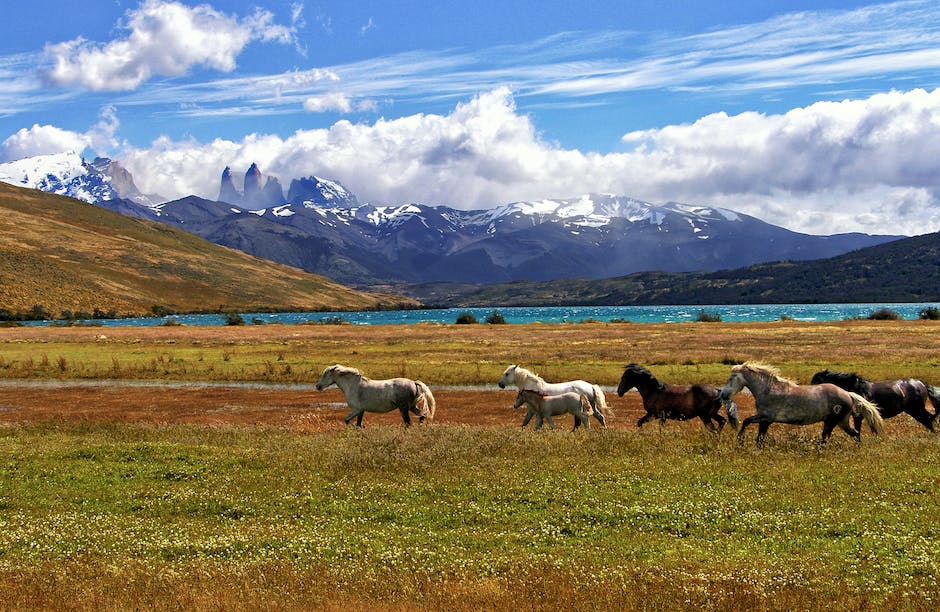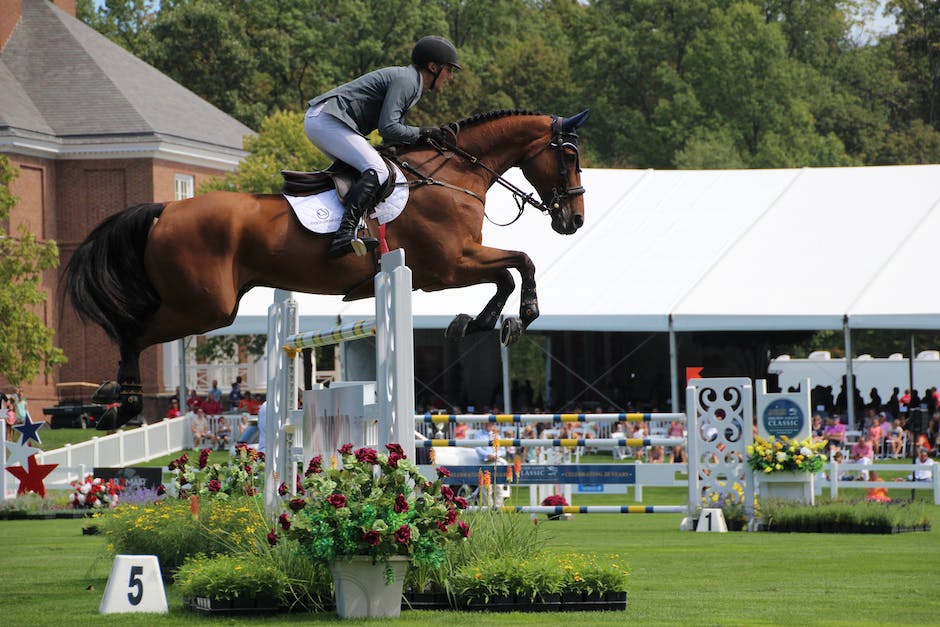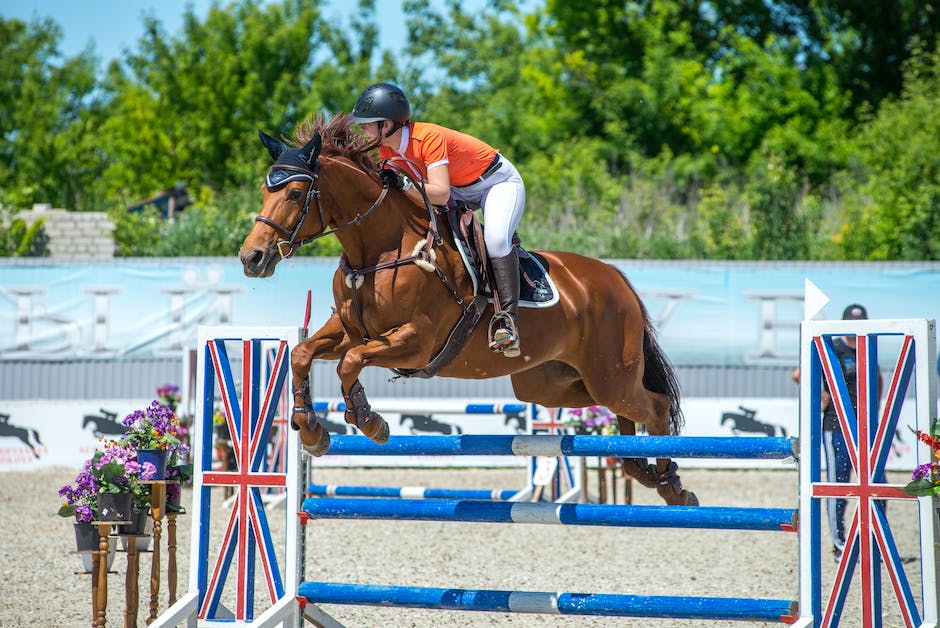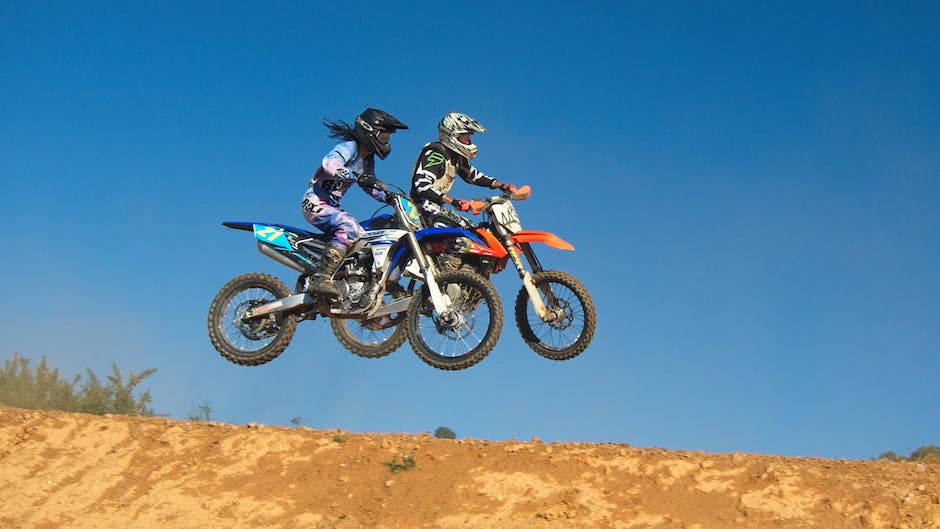Immersed in rich tradition and cultural significance, Hungarian Horse Shows encapsulate the exceptional bond between humans and equines. These captivating events are grand displays of Hungarian history and heritage, echoing tales that span centuries and speaking volumes about Hungary’s deep-set traditions. This exploration into Hungarian Horse Shows does not merely dive into its fascinating history, but also offers a vivid depiction of the meticulous training, elaborate performances, stunning attire, and the indomitable spirit that embodies these unique equestrian shows. As we traverse through Budapest’s famous arenas and circle around Hungary’s picturesque countryside, we will endeavor to understand the intricate tapestry of these shows, where each thread signifies tradition, talent, and an unfaltering love for horses.
Table of Contents (Horspedia)
History of Hungarian Horse Shows
The Rich History of Hungarian Horse Shows
Hungarian horse shows have a rich and culturally significant history that has been traced back thousands of years. These shows were traditionally held as a form of entertainment for the nobility and upper classes, showcasing the country’s finest horses and riders. These historic forms of the Hungarian horse shows are said to echo the importance of equestrian culture in the country, where horses were integral to both militaristic pursuits as well as everyday life.
After World War II, Hungarian horse shows began to evolve and become more contemporary, with greater emphasis placed on showmanship and the talent of both horse and rider. Today, the Hungarian horses shown are typically of the Hungarian Warmblood breed, known for their versatility, agility, and endurance.
Significance in Hungarian Culture
These horse shows offer a potent symbol of Hungarian national identity. For centuries, Hungary has held a deep connection with horse culture. The Magyars, the ancient ancestors of today’s Hungarians, were famed horse archers, and the nation boasts a history of horse-related folk art, music, and literature.
The importance of horse shows in Hungary transcends the cultural spectrum. They are important social events that foster community spirit, and also serve an economic purpose as they promote the Hungarian horse breeding industry. These events are excellent opportunities for local breeders to showcase the abilities of their horses and attract prospective buyers.
Types, Traditions and Unique Aspects
There are different types of Hungarian Horse shows, each with their unique attributes. The most popular include the National Gallop in Budapest, which is a cultural and equestrian festival, and the Puszta Horse Show, which displays traditional Hungarian horsemanship.
An integral part of these shows is the ‘Puszta Five’, where a single rider governs five horses simultaneously while standing on the backs of the two rear ones. This daring act has its historic roots in the ancient Magyar traditions and is a spectacle unique to Hungarian horse shows.
Other traditions that feature in these shows include carriage racing, horse ballet, and intricate dressage. The festivals are usually accompanied by traditional Hungarian folk music, further enriching these experiences.
Hungarian Horse Shows: A Cultural Extravaganza
Hungarian Horse Shows transcend the traditional concept of equestrian displays. They blend the physical skills of horse and rider with an important celebration of Hungarian heritage and centuries-long equine history. This interplay of culture, sport, and history transforms these horse shows into mesmerizing cultural spectacles.
A deep reverence for horses is woven into the fabric of Hungarian life and is on full display at these shows. The vividly illustrated history of horses and their riders, showcased through various customs, competitions, and performances, make Hungarian horse shows a testament to the nation’s rich equine legacy. These events provide an ideal platform for locals and visitors to experience the uniquely Hungarian commingling of tradition, history, and equestrianism.

In-depth Look at the Traditional Hungarian Horse Show
Exhibiting Skills and Prowess in Hungarian Horse Shows
At the core of Hungarian Horse Shows are the awe-inspiring performances that focus on the honed capabilities of both the horse and the rider. Each demonstration is a testament to the horse’s rigorous training and agility, characterized by precision and cooperative cues between the horse and its rider. This includes synchronized movements, elaborate patterns, and other equally demanding tasks. A notable feature called the “Puszta Five” truly steals the show, where one performer balances riding a lead horse whilst simultaneously controlling four others, holding only their reins.
Training the Horses
Equine training for Hungarian Horse Shows involves detailed and demanding methods, honed over centuries and passed down through generations. The training process often begins when the horse is very young, where basic skills of obedience are instilled. It is crucial that the horse becomes accustomed to human handling at this phase. As training progresses, horses are introduced to noise, crowd sounds, and other elements of the show environment to familiarize them with show conditions. Special emphasis is placed on ‘dressage’, which refers to a highly skilled form of riding performed in exhibitions and competitions.
Role of Riders in Hungarian Horse Show
Riders play a crucial role in Hungarian Horse Shows, acting as the connectors between the crowd and the horses. These riders are not only stellar equestrians but also connectors of Hungarian tradition and equestrian history. Their exceptional horsemanship skills are displayed as they guide their horses through precise and often complex maneuvers. Those demonstrating the “Puszta Five” are considered the masters of Hungarian equestrian culture.
The Traditional Hungarian Attire
Part of the authenticity and appeal of Hungarian Horse Shows lies in the traditional attires worn by riders. The ‘Csikos’, Hungarian horse herders, are usually seen in a wide-brimmed hat, a decorated short woolen jacket, and tightly fitting trousers. Women riders traditionally wear a long flowing skirt and a fitted blouse, usually decorated with intricate embroidery reflecting the rich folk culture of Hungary. These costumes add to the overall spectacle, creating a visually stunning blend of style, culture, and history.
Understanding the Importance of Hungarian Horse Shows
Hungarian Horse Shows are more than simple equine events; they are a vibrant reflection of the country’s deep-rooted equestrian culture, history, and traditions. These events, which began primarily as demonstrations of impeccable horsemanship, have evolved into a dynamic testament of Hungary’s illustrious equestrian heritage. Furthermore, they serve as a means of preserving and promoting long-standing Hungarian equestrian practices. With their potent blend of entertainment and cultural immersion, these horse shows are a must-see for horse enthusiasts and those intrigued by Hungary’s rich history alike.

Famous Hungarian Horse Show Locations and Events
Highlighting Key Events in Hungarian Horse Shows
Hungarian horse shows embody the nation’s strong connection to the world of equestrianism, and provide a captivating window into its historical relationship with horse mastery. Of the many events orchestrated each year, one that stands out and draws thousands of international spectators is the National Gallop (Nemzeti Vágta). Hosted in the lively city of Budapest, this event is more than a heart-racing horse race. It encapsulates the essence of Hungarian culture, history, and folklore, solidifying its status as a symbol of national pride and a crowd favorite.
Famous Venues for Hungarian Horse Shows
The city of Budapest, known for its rich equestrian heritage, is home to several of these venues. One of the most iconic is ‘Heroes Square,’ where horse-riding festivals such as the National Gallop take place. The square turns into a racetrack during this time of the year, providing spectators an unforgettable experience.
Another renowned locale is the Puszta Great Plains. Given its extensive terrain, it’s an ideal place for horse riders to exhibit their talents and skills, with horse shows in Puszta being particularly famous for presenting ‘The Impossible,’ a thrilling performance where the rider controls five horses while standing upright.
Famous Horses and Riders from Hungarian Horse Shows
Numerous horses and riders have etched their names in the annals of Hungarian equestrian history. Attila Fodor, an equestrian from Hortobágy, is renowned for mastering the classic ‘Puszta Five’ trick, which involves the rider standing on two horses’ backs while holding reins to three more.
The horse breed most associated with Hungarian horse shows is the Nonius, originating from Hungary itself. It’s known for its strength, endurance, and calm temperament, making it ideal for work, riding, and sport.
Exploring Hungarian Horse Shows as a Tourist
If you’re excited about seeing the traditional spectacle of Hungarian horse shows, consider timing your visit around renowned events such as the National Gallop, typically held in September. A notable suggestion is the Hungarian Horse Show in Puszta, offering weekly performances by experienced herdsmen and operating year-round. Due to their immense popularity, these shows often sell out quickly, making it advisable to reserve your tickets in advance.
Regardless of your preference in accommodation, Budapest and Kecskemét, which is near Puszta, feature a plethora of choices from high-end hotels to quaint guesthouses. With an influx of rich cultural heritage coupled with unforgettable horse shows, your stay in Hungary promises to be an experience of a lifetime.

The Role of Hungarian Horse Shows Today
The Economic Influence of Hungarian Horse Shows
Hungary’s extensive history and tradition in horse shows have served as a significant catalyst for its economy. Drawing both local and international audiences alike, these events generate substantial income through ticket sales, sponsorships, and ancillary tourism activities. Concurrently, they spark growth in the agricultural sector by increasing the demand for quality horses, horse feeds, and equine services. A report from the Hungarian Ministry of Agriculture asserts that these horse shows contribute millions of Euros to Hungary’s GDP annually, highlighting their vital role in the nation’s economic framework.
Cultural Preservation through Hungarian Horse Shows
Playing a crucial role in cultural preservation, these horse shows are regarded as an art form that showcases the historical and unique equestrian traditions of Hungary. They offer a glimpse into the country’s rich past, upholding traditions that have been passed down through generations. The horsemanship displayed in these shows is deeply embedded in Hungarian culture, reflecting a complex array of skills and techniques honed over the centuries. This aspect of Hungarian heritage is proudly showcased at these events, emphasizing the importance of cultural preservation.
Hungarian Horse Shows and the Equine World
Recognized globally for their contribution to the equine world, Hungarian horse shows are unique events that significantly influence horse breeding, training, and performances worldwide. Hungary’s renowned expertise in horse breeding and training is showcased and celebrated in these shows. They also influence equestrian sports and practices worldwide, serving as a reference point for horsemanship, equine performance, and the overall appreciation and treatment of horses.
Perspectives on the Future of Hungarian Horse Shows
Experts, participants, and enthusiasts have optimistic views about the future of Hungarian horse shows. With the growing global interest in equine sports, the prestige and popularity of these events are expected to continue in the future. That said, they also highlight the need for more support for horse breeders and owners, innovative marketing approaches, and improved infrastructure for these events. Advancements in technology also present opportunities, such as virtual horse shows and live streaming, providing more ways for enthusiasts globally to engage with these events.
Challenges and Opportunities Facing Hungarian Horse Shows
Despite their significant impact, Hungarian horse shows also face challenges. Climate change, diseases, and fluctuating global economic conditions may affect horse shows’ overall quality and popularity. However, opportunities also abound. Innovations in horse care, equestrian sports, and event management, coupled with sustained support from the government and private sector can ensure these shows not only survive but thrive for generations to come.

Having journeyed through the arenas that host these spectacular shows, illustrated the vibrant tapestry of performances, and traced the historical and modern-day significance, it becomes abundantly clear that Hungarian Horse Shows are not just equestrian events. They are enduring testaments to Hungary’s cultural richness, unifying heritage, and human-equine bond. Upholding a remarkable sense of national pride, these shows continue to leave remarkable imprints in the sands of the equine world, fostering connections between individuals, communities, and nations. As the silhouette of the champion Hungarian horse fades into the setting sun, one can only anticipate the familiar sounds of stomping hooves and cheering crowds, indicating the onset of yet another Hungarian Horse Show, the next chapter in this enduring narrative of tradition and excellence.

